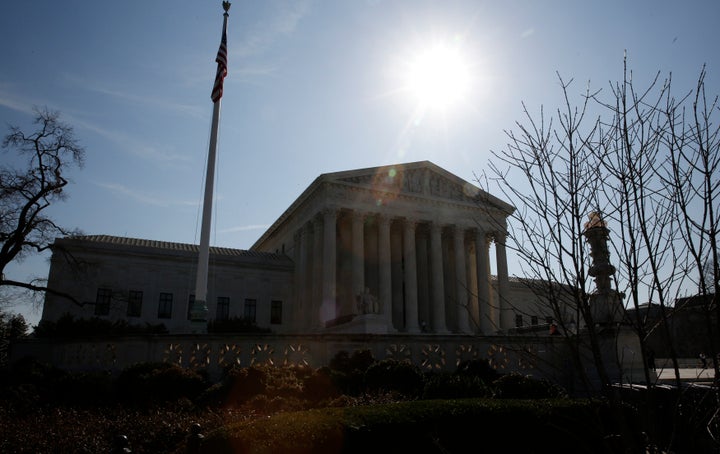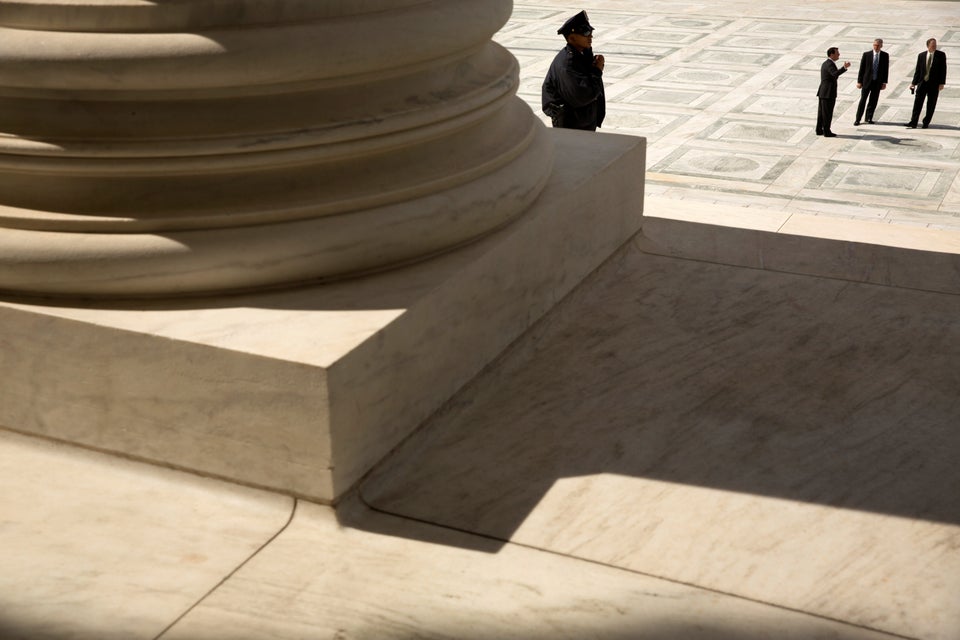
From 1968 through 1988, Republican candidates won the popular vote in five out of six presidential elections. The GOP quickly translated this electoral success into majority control of the Supreme Court. Indeed, less than two years out from the first of these presidential victories, five of the nine sitting justices had been appointed by Republican presidents. The party maintained its Court majority for 45 years.
In February of this year, Justice Antonin Scalia’s death reduced the number of Republican-appointed justices to four for the first time since June 1970. This loss of control has understandably provoked some measure of distress on the part of Republican political elites, several of whom have made increasingly outlandish promises regarding their determination to reverse this loss.
The Supreme Court, of course, is not designed to be a representative institution. Its justices are not elected, and their role, at least in theory, is to enforce the law as written, not to enact policy in accord with popular will. However, as both President Barack Obama and Hillary Clinton have emphasized, many of the constitutional questions that reach the Court lack clear answers in black-letter law; as such, it is important for the Court’s membership to reflect the rich diversity of the American people.
Political actors have recognized this fact throughout the Court’s history. For much of this history, the debate focused on geographic and later religious diversity. The white South insisted on full representation (indeed, overrepresentation) prior to the Civil War, and westerners demanded inclusion after the War. Later, Catholics and then Jews won consistent representation on the Court, and later still, African Americans and women. Most recently, President Obama’s appointment of Sonia Sotomayor added Latinos to the list of Americans who might see themselves reflected on the Court.
The judicial appointment mechanism designed by the framers of the Constitution provides for a Court that is relatively insulated from ordinary political pressures, such that the justices will have the wherewithal to enforce constitutional principle even when doing so is unpopular. But this mechanism also creates an electoral connection, albeit an indirect one, between the Court and the people. Under Article II of the Constitution, the justices are appointed by the president, by and with the advice and consent of the Senate. Since presidents and senators are themselves elected, this process has typically ensured that the set of views entrenched on the Court evolves over time in accord with shifting popular sentiment.
In recent decades, however, this connection seems to have broken down. From 1992 through 2012, Democratic candidates won the popular vote in five out of six presidential elections. Twenty-four years on from Bill Clinton’s initial victory, this electoral success has still not produced a Democratic majority on the Court.
If Hillary Clinton is elected president and Democrats capture majority control of the Senate, they will surely find a way to confirm Merrick Garland and/or a replacement nominee made by President Clinton herself, despite promises of all-out obstruction from several Republican senators in recent weeks.
If Clinton is elected, but Republicans maintain control of the Senate, all bets are off, with the prospect of Republican intransigence ensuring that Democratic electoral victories still do not produce a Democratic Court, and that the Court itself is forced to operate shorthanded for five full years.
If Donald Trump is elected president and Republicans maintain control of the Senate, we are likely to see a GOP majority on the Court cemented for many years to come. After all, the current Court includes four Republican-appointed justices, one vacancy, and two Democratic appointees (Justices Stephen Breyer and Ruth Bader Ginsburg) who are 78 and 83 years old, respectively.
If Donald Trump is elected president and Democrats capture the Senate, Democratic Senate leaders would be well within their rights in responding to all-out Republican obstructionism by confirming Judge Garland in January, once the newly elected senators have been seated on January 3, which is more than two weeks before President Trump himself would be sworn in. Republican elites would predictably cry foul, but it will be hard to credit these complaints as anything other than anguish at losing control of an institution that they see as their fiefdom, but that in truth belongs to the American people as a whole.
Thomas M. Keck is professor of political science at Syracuse University’s Maxwell School and the author of Judicial Politics in Polarized Times.

